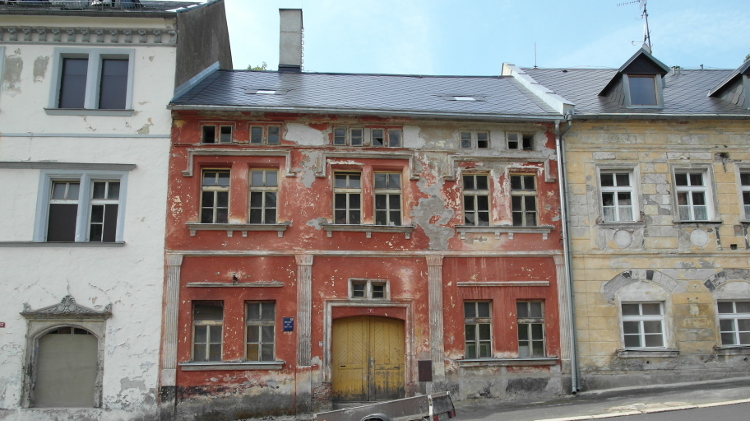Bell Island's Scotia Pier was accidentally hit by a torpedo from a German submarine in November 1942. This was one of the few attacks on North American communities during the Second World War. Lt. Gerald M. Moses, Canada. Department of National Defence Library and Archives, Canada, PA-188854
In the fall of 1942, the world was at war for the second time in 24 years. Having blitzed through western Europe, Germany was engaged in a two-front conflict: in the east with the entrenched Soviet Union, and in the west with the Allies hanging on to Great Britain. On this front, Germany knew if it could choke off supplies arriving from North America, it could weaken and perhaps even conquer the United Kingdom.
For this reason, the Atlantic Ocean became an important battleground in the Second World War. The German navy, using its prized U-boat submarines, had for the last two years besieged the Allies with highly successful “wolfpack” tactics in which large groups of German subs would swarm transatlantic convoys. The Germans sunk thousands of supply and escort vessels this way. As technology and strategies evolved, the war found its way to Canada’s doorstep. U-boats patrolled the waters off Newfoundland in the autumn of 1942, stalking like sharks around a significant iron ore mining district just west of St. John’s.
Bell Island, a rugged nine-by-three-kilometre landmass in Newfoundland’s Conception Bay, had been home to continuous iron ore mining since 1895. Before the war, the island’s mines shipped most of their product to Germany. But after Canada’s declaration of war in September 1939, the majority of its iron ore was sent to steel mills in Sydney, Nova Scotia, to contribute to wartime shipbuilding efforts. All of this made tiny Bell Island an important asset for the Allies, but also a strategic target for the Germans.
U-boats started attacking vessels along the East Coast earlier in 1942, picking off mainly ill-prepared American ships at will after Germany’s official declaration of war against the United States in December 1941. Between January and August 1942, more than 600 merchant ships were destroyed off the East Coast, killing thousands.
Celebrated German “ace” Rolf Ruggeberg, captain of U-513, had been hunting Allied ships in the waters around Newfoundland since August. Observing steamer traffic outside of Conception Bay, he followed a small ship into the bay on Sept. 4 and came upon three ships anchored outside Bell Island. Ruggeberg waited out the night and then, on Sept. 5, he fired on the bulk carrier Saganaga while it was waiting for a convoy to Sydney, loaded with 8,300 tons of iron ore. The ship sunk in three minutes from the two torpedoes that hit in quick succession. Thirty seamen perished, only 14 survived. Witnessing the attack, the crew aboard the Canadian steamer Lord Strathcona pre-emptively took to lifeboats before two torpedoes connected with their ship 30 minutes later. The Lord Strathcona went down, but all 44 crew members were spared. The third ship, PLM 27, escaped unharmed.
Defences and fortifications went up to try to protect ships accessing Bell Island. Despite those efforts, two more ships met their demise at the hands of the German U-boat fleet later that year. In the early morning of Nov. 2, the German U-518 fired torpedoes at the Canadian steam merchant Rose Castle, anchored just off the island. Coincidentally, this ship had narrowly avoided misfortune two weeks prior, when it was hit by a dud U-boat torpedo that failed to explode. This time, 23 crew members were killed when it sank. Before slipping away, U-518 also destroyed PLM 27, which had survived the earlier September attack.
During U-518’s November strike, a torpedo, destined for the coal ship Anna T, missed and instead hit Bell Island’s Scotia Pier loading dock, causing more than $30,000 in damages. This made Bell Island one of the few North American communities to be directly fired upon during the Second World War.




